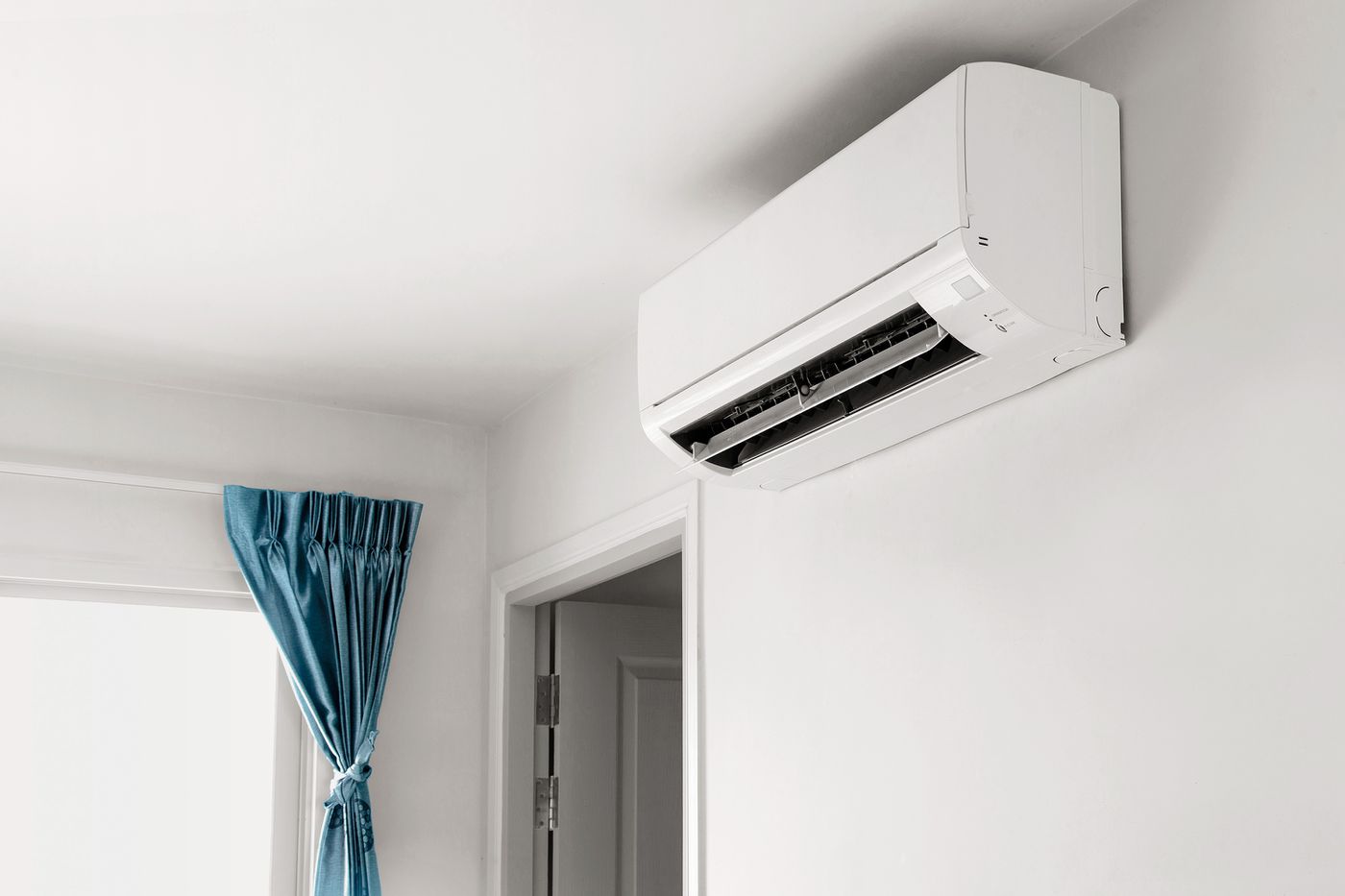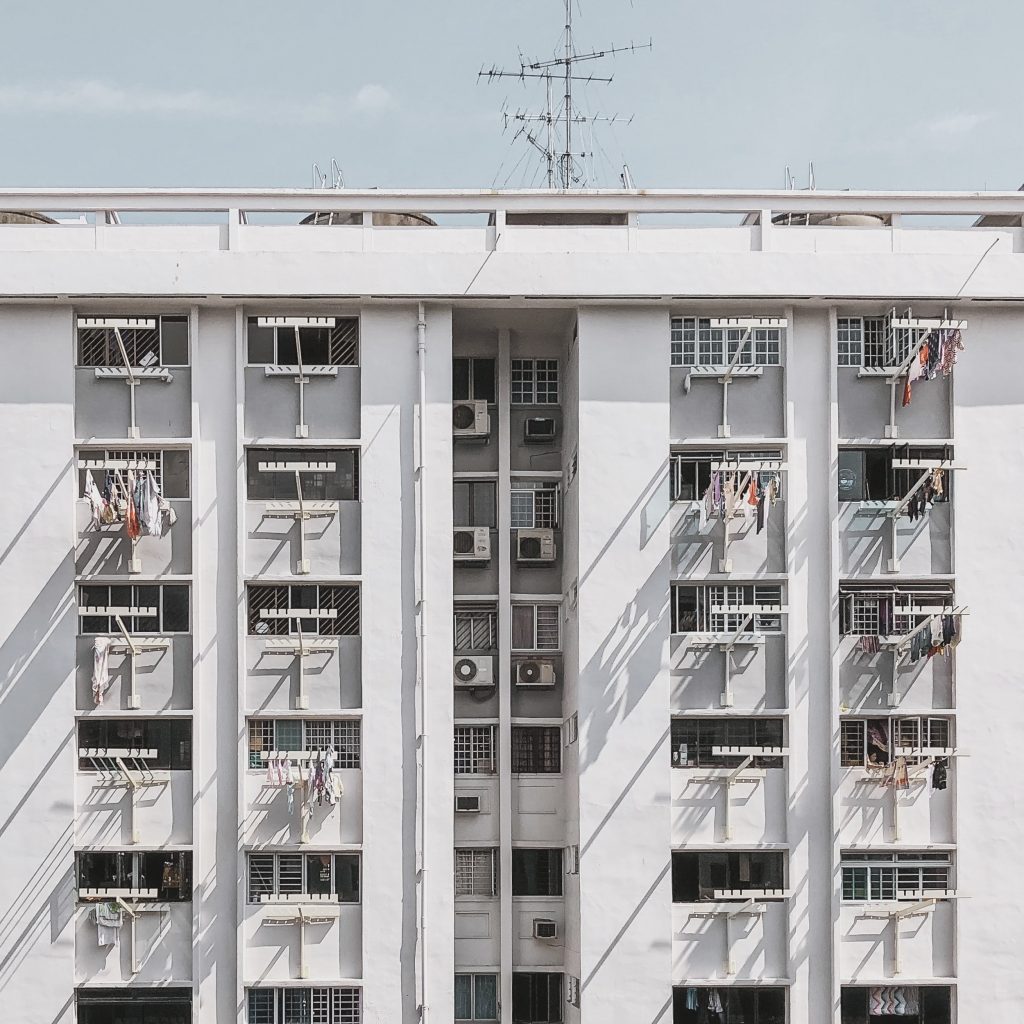Enclosed parking garage structures are specifically designed for the storage of automobiles, especially in dense urban settings. More notably, these

Are you renovating your commercial space and looking to create a better air-conditioning system in the process? If the answer is yes, then you must focus on your HVAC design.
Would you also like to have good air quality? High energy efficiency? If yes, then it is mission-critical that you upgrade your HVAC system’s mechanical design with the help of firms like InnoDez.

You likely didn’t know that your Heating, Ventilation, and Air Conditioning (HVAC) system design and its air-flow framework is something you should consider even before the engineer has finished the plans.
Discover how to improve your cooling with a better pipe plan, and why you need HVAC specialists included right off the bat in your remodel cycle.
What Are The Tell-Tale Signs of Bad Ductwork & Air-conditioning Design

What Are The Consequences of Poor Ductwork Design?
Under the US Department of Energy, the average median power efficiency of an HVAC duct system stands at 60%.
That implies air isn’t moving through your space and your HVAC framework as it ought to be, which prompts a wide range of bothersome results and raises questions on your HVAC design, including:
Hot and cold spots, drafts, and stodgy air in your space because of blocked wind streams.
Additional mileage on your forced air system, since it needs to run longer and work harder to make up for imperfections in the ductwork configuration, prompting more breakdowns and more limited gear life.
Helpless air quality that uncovered the inhabitants of your space to expanded degrees of residue, poisons, exhaust, and even form development from an excess of moistness.
Unequal pneumatic stress that makes smells wait, ways to pummel without help from anyone else, and diverting degrees of commotion in your space.
How Can You Create Robust Ductwork Design?
Great ductwork setup starts with a pile assessment using Manual J programming, the standard program for the HVAC design made by the Air Conditioning Contractors Of America.
Information relating to warm characteristics of each room similarly as the close by climate is utilized by the item.
The organization and foundation of the line structure will join these essential norms of a good ventilation work plan:
During the installation process, the ductwork snaps should be mechanically fastened together, with sheet metal screws to maintain the integrity of the mechanical design of the system. Each of the joints must be sealed with mastic for a superior HVAC design.
About Author
Fate Ol